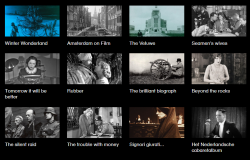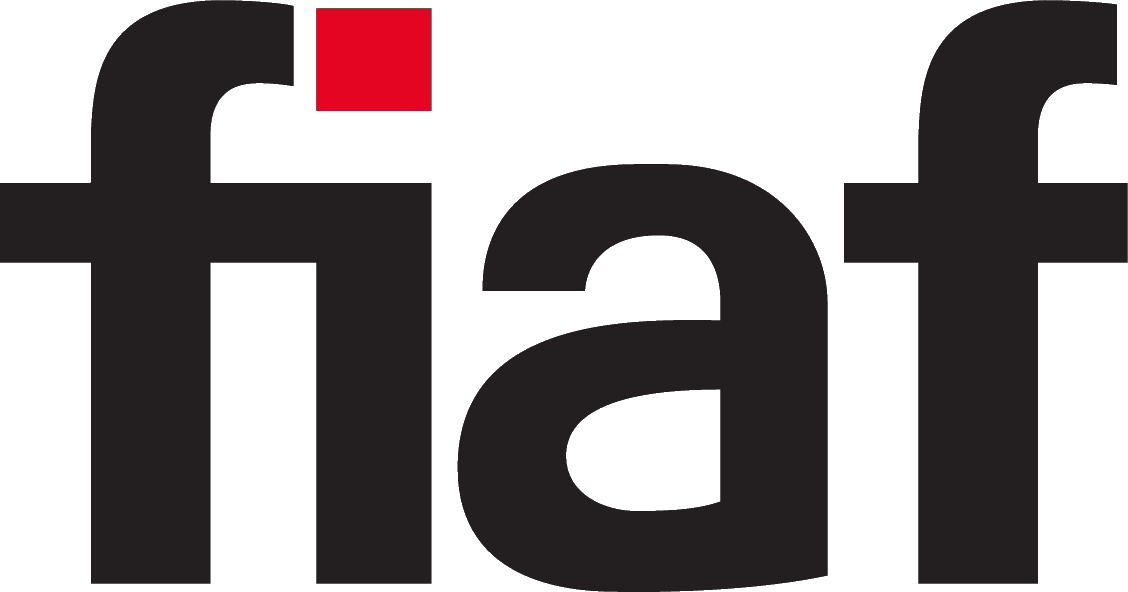



2021 FIAF Winter School:
The FIAF Programming Game
Note that the submitted programmes are listed in the reverse chronological order of their submission (the most recent one appears on top). To see all contributions to the FIAF Programming game since its creating in April 2020, go to this page).
Submitted Programmes
This selection of films explores the complex, dependent, and intimate relations between humans and creatures of the deep. Whether fishing for entertainment, sustenance, commerce, or sheer pride, people from around the world have engaged in this exploit of the waters. The program voyages through the varying ways that humans seek, interact with, portray, or utilize these aquatic beings. A fishing competition, a whaling expedition, a portrait of coastal life, a cooking companion, a tranquil day of angling—some of the works appear barbaric, while others are eerily dreamlike or comically playful. These documentary and fictional images encourage us to ask ourselves, why does this fascination with fish and fishing exist? Is it just the thrill of the chase, necessity, greed, or something else? What role does the water-based individual play in each of the narratives, different cultures, or singular lives? Why do we seek to destroy the things we cherish—the things of scintillating and organic beauty and allure? Perhaps we are driven by the illusion of purpose, or maybe we just do not know any other way.
Registrations are now closed for the next Thursday Workshop on "Contributing to the FIAF Directory of Special Collections" and "Collecting born-digital film related materials - an initiative by the BFI", to take place online on 27 March.





